How Retailers Can Keep Up The Pace This Holiday Sales Season
The holiday sales season is already fast approaching and many retailers are not exactly sure what to expect this year. Brands have had to adapt quickly to the offline to online shift and unprecedented consumer behaviour changes this year. Across our own client data set, we have seen historically poor performing keywords become cash cows and brand-new search terms arising out of cultural shifts.
And you are not the only one who feels like this year has aged you. According to Twilio’s COVID-19 Digital Engagement Report, “COVID-19 has accelerated companies’ digital communications strategy by an average of 6 years while 97% of enterprise decision-makers believe the pandemic sped up their company’s digital transformation.”
Total eCommerce & Shopping visits are continuing on their upward trajectory and total online traffic was up by 27.44% year on year in August. The second round of super withdrawals and stimulus payments closely correlated with a retail shopping spree in July and consumer spending spiked to 17% higher than normal pre-COVID levels.
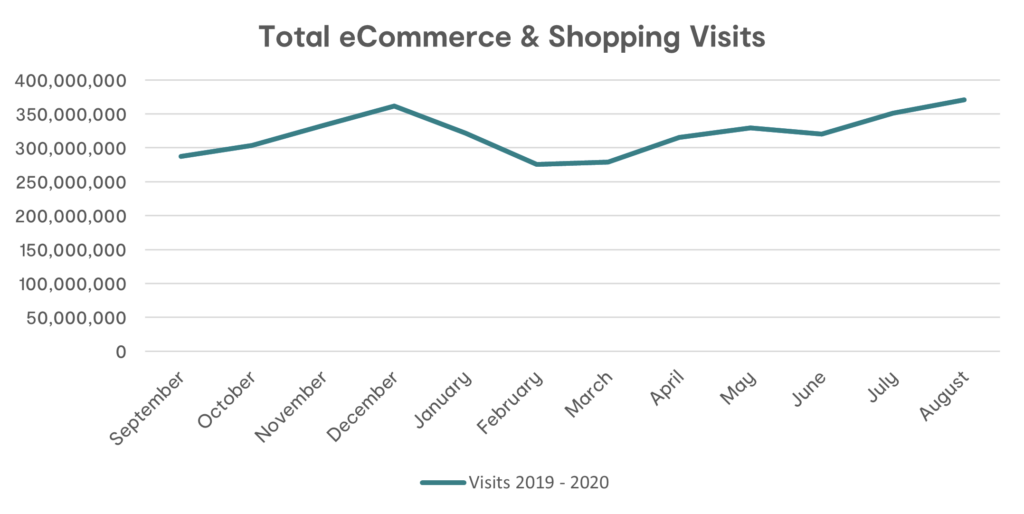
Now, the close correlation between stimulus payments and consumer spending is being observed again, with Illion’s latest COVID-19 impact economic tracking showing that consumer spending has dropped below normal, just as JobKeeper starts wrapping up.
The quickly evolving economic landscape requires a higher level of strategic fitness and agility to navigate, and you will want to lean on these five foundational tools throughout the holiday season and beyond.
Key Sales Dates:
- Vogue Online Shopping Night: 6th – 7th October
- Click Frenzy: November 10th
- Black Friday: November 27th
- Cyber Monday: November 30th
- Boxing Day Sales: December 26th

1. Communicate Value
While most consumers (70%) have no plans to defer shopping for Christmas despite over 40% of global peak season shoppers citing a decrease in household spend due to COVID-19, we can expect that they will be searching for value more than ever before as the economic crunch unfolds. It is going to be crucial to ensure that your propositions are communicated clearly across your digital presence in order to drive cut through.
Before the internet, we shopped on a physical street which had far less choice and information. Our choices were restricted by availability and proximity. Fast forward to today, and our instincts, formed by thousands of years of scarcity are now supercharged with a sudden wealth of options and opportunity.
The only way that customers can make complex purchase decisions amid so many options, is to lean on cognitive shortcuts. Google’s research into the ‘messy middle’ of the purchase journey sheds light on the ‘complex space between triggers and purchase, where customers are won and lost.’
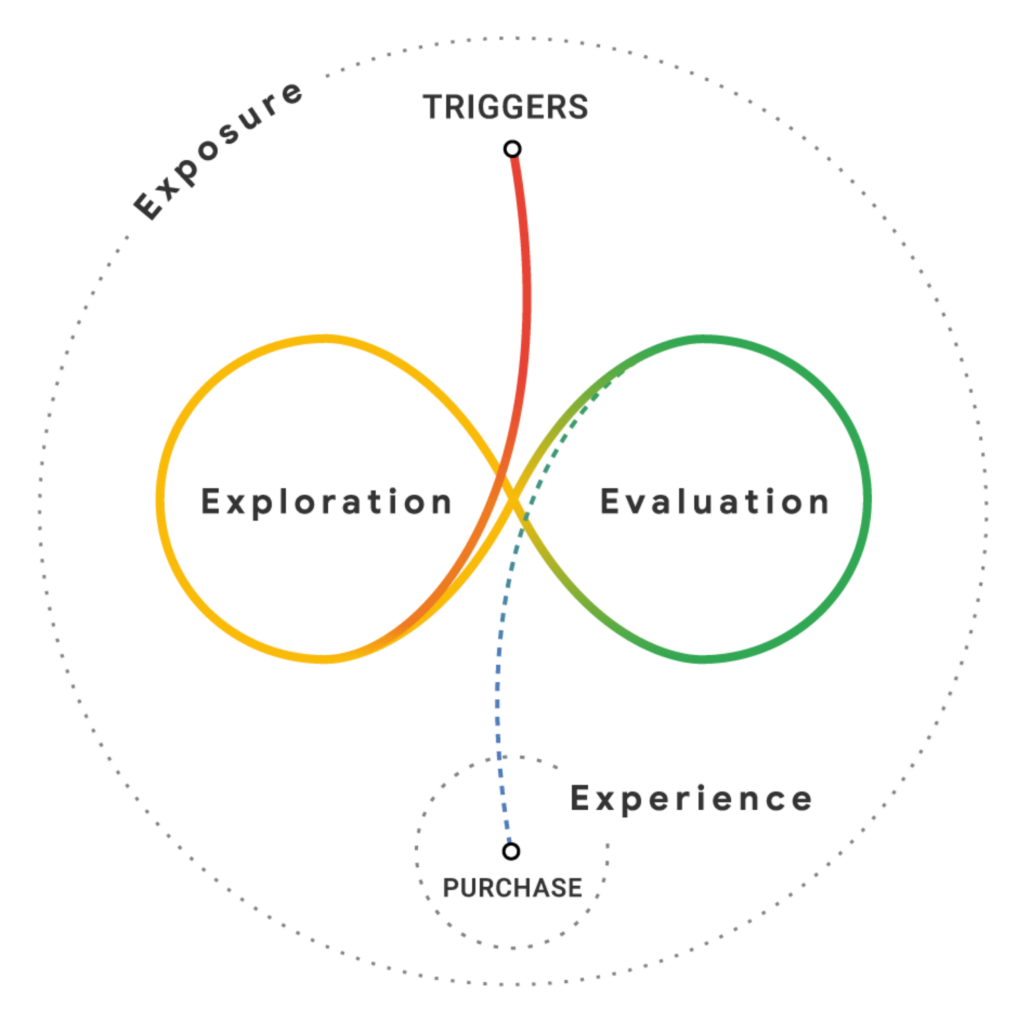
From trigger to purchase, shoppers will explore and evaluate their options across a huge array of online sources, such as search engines, social media, aggregators, and review websites.
In their large-scale shopping experiment with real in-market shoppers, simulating 310,000 purchase scenarios across financial services, consumer packaged goods, retail, travel, and utilities, Google identified 6 biases that influence purchase decisions.
- Category heuristics: Simplify purchase decisions with short descriptions of product specs.
- Power of now: Your proposition becomes weaker, the longer a customer must wait for a product.
- Social proof: Customers can be persuaded by recommendations and reviews from others.
- Scarcity bias: As stock or availability of a product decreases, the more desirable it becomes.
- Authority bias: Showcase our expertise and trustworthiness to sway customers.
- Power of free: A free gift with a purchase, even if unrelated, can be a powerful motivator.
Across our own aggregate client data, we’ve also seen a 31% increase in delay to purchase. Customers are investigating their purchase decisions far more thoroughly and it is crucial to communicate your brand value propositions in a memorable way across your entire digital experience – so that they are inspired to return to you.
Some of the more positive consumer trends to have emerged out of COVID-19 also include a renewed interest in brand value and community. ‘The Brand New Australia’ report from The Lab and Nature suggests that COVID-19 has been a trigger for a cultural clash as Australians stand divided on what they want their future to look like. The interesting part? 80% of Australians expect businesses and brands to lead the way forward, with sustainability, localism, and environmental issues at the forefront.
In fact, it’s a trend that has been unfolding for some time now. Australian’s have been increasingly seeking out the best for some time now, so it is going to be crucial for brands to communicate value amid sales season and the recession.
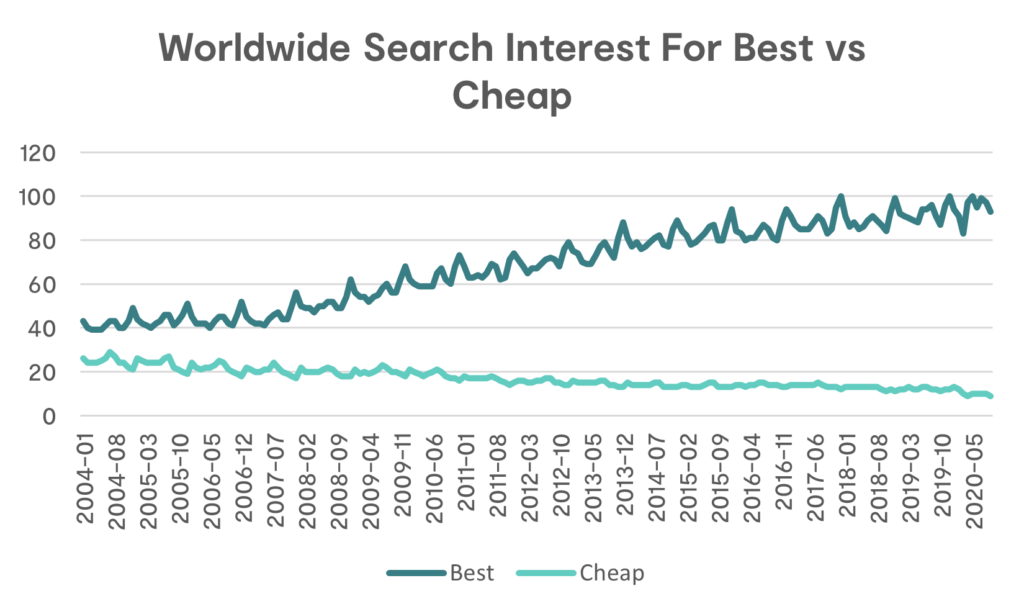
2. Balance Performance & Brand Marketing
Brand and direct response marketing need to go hand in hand. Otherwise, you could create a gap in which all sorts of new consumer behaviour patterns go under-recognised and underserved over the sales season.
Brand marketing creates mental brand equity, influences future sales, primes emotions, and has long term gains. On the other hand, direct response performance marketing exists to exploit existing brand equity and generate sales now with persuasive messaging.
Online pure play retailer Catch, just dramatically shifted its marketing investment from 95% performance and 5% brand to 70% performance and 30% brand. Despite recently increasing gross transaction value by 49.2%, CMO, their CMO, Ryan Gracie explained that they still needed to make a bigger push into traditional, above the line media. Catch is currently the third largest online retailer in Australia, and Gracie says it’s time to catch up to eBay and Amazon, who are in front due to their brand presence and recognition.
Customers will also have acute needs in the post COVID era, and it is the perfect time to build stronger ties. Now more than ever, people need extra information, guidance, and support to navigate a novel set of challenges, from keeping their families safe to helping their kids learn when schools are shut down. While staying true to your company values and purpose, your branding and customer experiences should create trust, make people feel safe when everything feels uncertain and offer support. Focusing on customer experience has in fact proven to be a winning strategy in past recessions.
While sales season is the perfect time to fuel short term gains, sustainable long-term growth requires a brand-performance equilibrium. Tom Roach expresses the need for brand-performance balance in uncertain times perfectly:
“It’s never been more important to make every marketing $ work as hard as it possibly can. We’ve never been more aware that without short-term success there may not even be a long-term for some of our brands. And the best way of securing both will be to embrace the fertile middle-ground that lies in combining the power of short and long-term effects. Long-term growth always has its roots in the short term. The two are connected, influence each other, and if you get the two working perfectly in harmony together, you’ll achieve the strongest, most sustainable growth possible.”
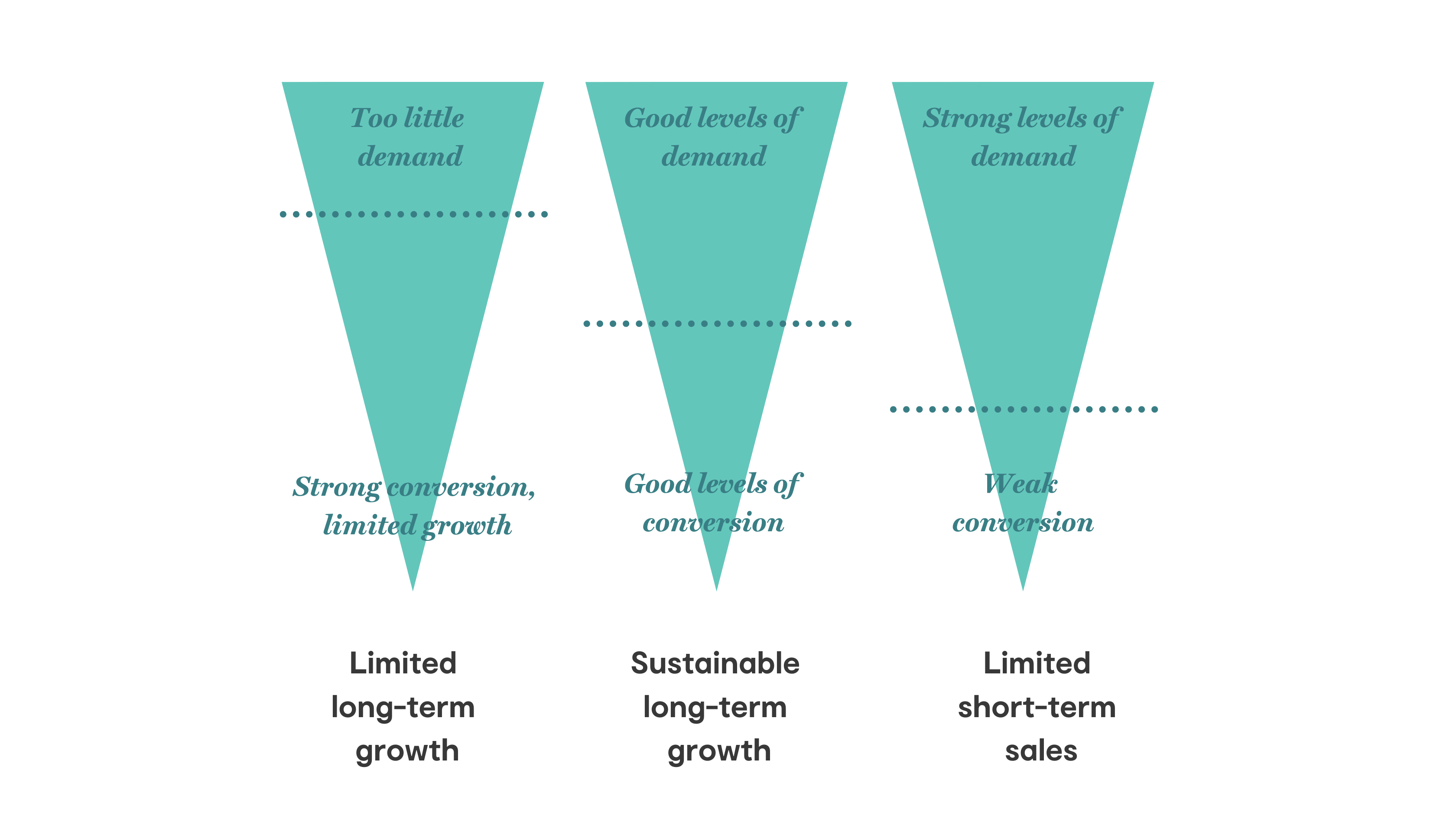
Think about how your sales activations and promotions fit within your entire marketing plan. They shouldn’t be executed in a silo and brand activity should continue to drive sustainable growth over the sales season.
While it is crucial to lean on your tried, tested, and trusted channels during peak shopping demand – there is also opportunity to get creative with ‘cookieless’, brand building digital channels this sales season. Google is ending 3rd party cookie data availability next year, so it’s time to think about future-proofing by building up your capabilities with contextual targeting. Digital out of home, mobile, connected TV, and audio are all growing steadily to become the biggest channels for programmatic investment and just so happen to be ‘cookieless’.
In the lead up to sales season, also focus on getting a better insight into the brand creative and messaging that your customers want to engage with. If your message is compelling enough, you can expect your CPA to fall, and you will be better positioned to drive returns across your full funnel of brand and performance marketing campaigns.
3. Leverage Actionable Data
Vogue Online Shopping night will be the first major sales event of the season and brands should be watching its performance as an indicator of what to expect over the following months. Staying on top of trends is also essential in being ahead of the curve.
Just this year, we have seen historically poor performing search terms generating positive ROIs as a new wave of online shoppers enter the market changing the search landscape. Leaning on Google Trends, SimilarWeb, SEMrush, economic data, and government announcements for insights have also helped many brands pivot as new patterns emerge.
You might also be surprised as to how much actionable data and customer insights are already at your fingertips. You can uncover new and emerging search behaviours by monitoring keyword trends in Google Search Console, Google Trends, Google Shopping, and Dynamic Search Ads. Email content with the highest click-through rates and your top landing pages will also give you insight into what brand messaging is resonating with your customers. You can also use your CRM to review site engagement and purchase behaviours across different segments. Google’s new mobility reports and Google My Business will also help you to stay aware of where customers are spending their time offline and how store visits are pacing throughout the season.

4. Lean On Audience Insights
Ensure that your targeting policies are well thought out before the sales period to help you maximise conversions and think about how you can re-engage customers that you have already acquired throughout the year.
Get ready to activate your audience lists. You can target your most loyal customers and biggest spenders with re-engagement and remarketing ads. Also see if you can capture the hearts of new and like minded customers with similar and lookalike audiences.
While driving traffic to your website throughout the sales period, take the opportunity to expand your email list, build out your first party data, and inspire future customer loyalty – especially as we face a ‘cookieless’ digital landscape in 2021.
Email marketing is a true opt in environment for customers and will become a crucial channel as customer privacy moves to the forefront. Email marketing can tie all your marketing channels together, enables a high level of personalisation and segmentation, is a facilitator of 1-1 conversations with people who have already warmed up to your brand.
Think about how you can incentivise customers to hand over their email address to you with loyalty programs, then be ready to drive value from your audience lists with repeat purchase incentives, cart abandonment emails, and retargeting via social channels and SMS.
5. Remember To Think Local
It’s no secret that COVID has driven significant growth in online buying. Australia Post recorded one of its busiest delivery days in history on the 31st of August with about 2.35 million parcels and letters dropped off around the country. You might be tempted to think that this has diminished the role of stores and local marketing.
But the backlog of deliveries will make final shipping cut off dates feel uncertain for many customers. KPMG’s latest Customer Experience Report found that safety, transparency, and reliability are the top emerging customer experience expectations during COVID-19. Your shipping proposition will need to be compelling, but also honest and realistic. Be sure to communicate clearly with customers if delays do occur.
Innovations and developments like ‘buy online pick up in store’ and ‘zero contact click and collect’ are strategic hybrids that combine eCommerce with the immediacy and convenience of local stores. If you can provide these options, then do.
Given the inverse relationship between store visits and COVID cases, it will be essential to communicate your brand and safety propositions across your ads and online experience if you want to encourage store visits throughout the sales season, especially in highly affected regions. Visits to retail stores and recreation are down by 13% Australia wide, and the most dramatic decreases are seen in states with higher numbers of COVID cases and restrictions in place. Only the states with the least cases, WA, SA, and NT have seen an increase in visits of 6%, 2%, and 27% respectively.
Google’s new COVID-19 health and safety measure attributes will prove valuable. Once activated, these can display in Google My Business, Search, and Maps to give customers re-assurance to shop in store.
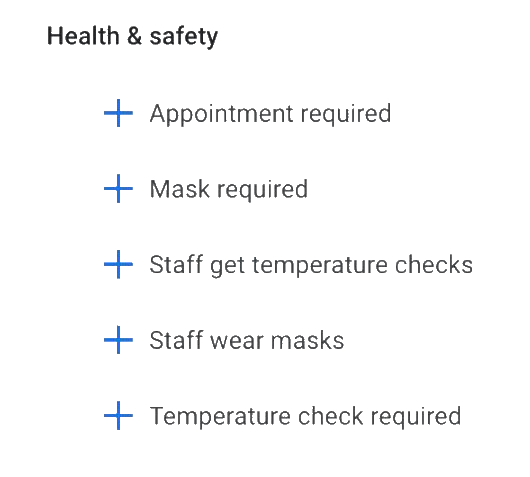
Customers have become more invested in their communities since COVID, not less. So when restrictions start to lift, it’s going to become even more important for national-local brands, chains, and retailers to execute local searches and social engagement effectively. Use the sales season as an opportunity to strengthen your local digital marketing approach.